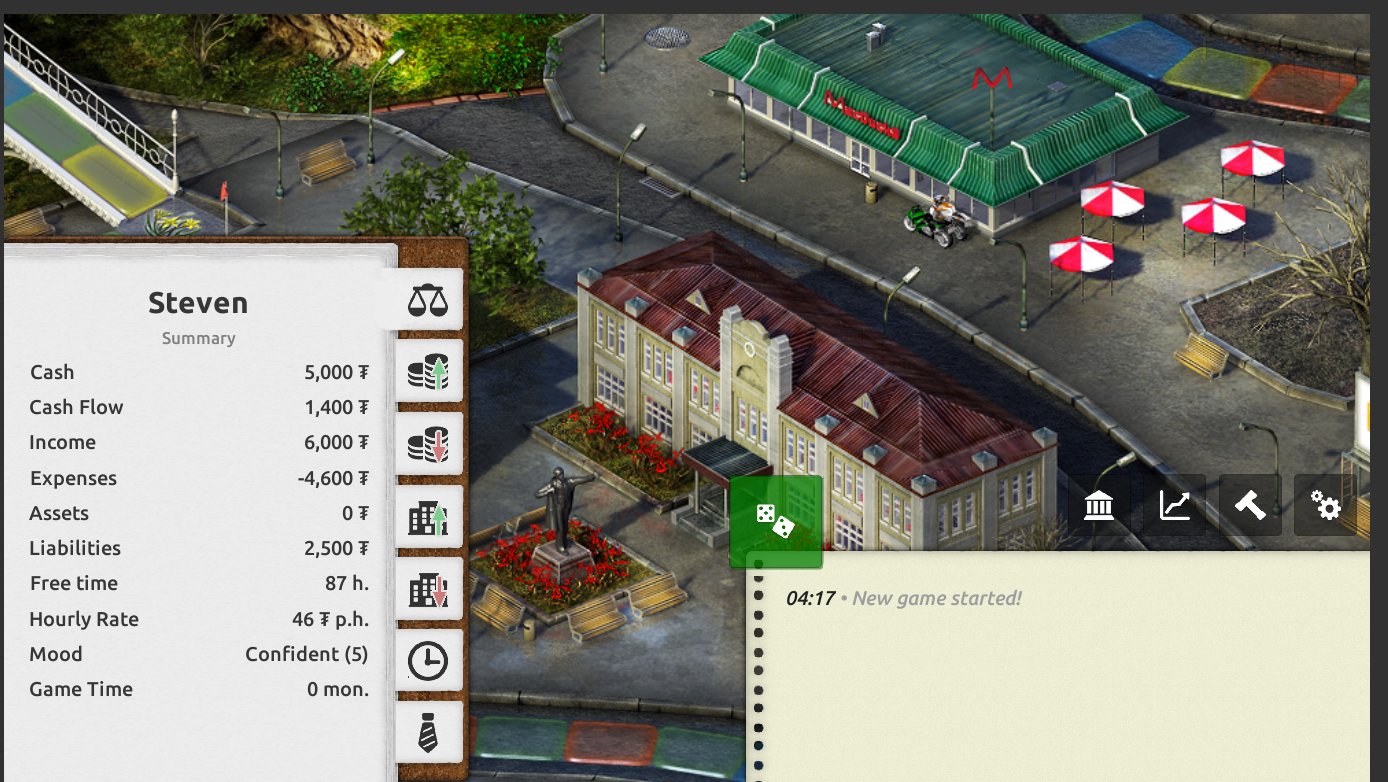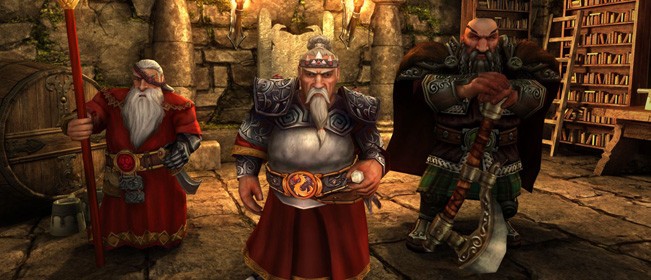Hello and welcome to the Super Mario Wiki, a collaborative knowledge-base dedicated to the Mario franchise. We're glad to have you as a member. If you have any questions, just post them on the FAQ talk page or ask an experienced member, patroller, or administrator.
The FLOW Chart is a game mechanic that is used to jump to any point in the game without having to restart the game from the beginning or having to replay any completed escape rooms. It shows every possible route in the games and is useful for showing what hasn't been completed by the player yet (though some routes are not initially shown to avoid spoiling them). The flow chart is used in.
The following articles contain guidance and information about reading, authoring, and participating in the Super Mario Wiki community. If this is your first time visiting, please read our introduction.
- The arrow of time, also called time's arrow, is the concept positing the 'one-way direction' or 'asymmetry' of time.It was developed in 1927 by the British astrophysicist Arthur Eddington, and is an unsolved general physics question.This direction, according to Eddington, could be determined by studying the organization of atoms, molecules, and bodies, and might be drawn upon a four.
- The authors extend their appreciation to the editor, the associate editor, and three. Timeflow brought about by heightened concentration and swift decision-making, but not the.
- Timeflow: Character Editor Steam charts, data, update history. Contribute to SteamDB: Use our token dumper program to help us track hidden games and packages Sales.
How do I do that?
Specific help
- Article – Help creating, expanding, and improving an article
- Babel – Help for users who speak foreign languages
- Chat – Information on using the MarioWiki chatroom
- Communication – How to handle and use talk pages
- CSS – Help creating a unique custom theme for yourself
- Format – Help formatting text
- Gallery – Help creating an image gallery
- Glossary – Help understanding terms used on the wiki
- Good writing – Elements to avoid when writing an article
- Image – Help putting images on a page
- License – Help selecting the license for uploaded media
- Link – Help creating a link
- List – Help creating a bulleted list
- Redirect – Help creating a page redirect
- Media – Image, audio, and video information
- Signature – Help creating a signature
- Table – Help creating a table
- Template – Help creating and using templates
- Preferences – Help with your user preferences
- Userbox – Help creating a userbox
- Vandalism – Help stopping a vandal
- YouTube – Help embedding YouTube videos for your user page only
Categories
Timeflow: Character Editor Minecraft
You are welcome to browse through the following categories:
External resources
Things you can do

- Start an article(when autoconfirmed)
- Create your user page(when autoconfirmed)
- Organize or participate in a collaboration (hosted on our forum)
Feel free to delete this message when you're done reading it. We hope this information is helpful, and that you'll have a great experience contributing to our knowledge-base and our community. Remember to enjoy your experience here and to also have fun!
Sincerely,
Alex95(Talk)
| Designer(s) | Greg Benage |
|---|---|
| Publisher(s) | Fantasy Flight Games |
| Publication date | 2004 |
| Genre(s) | Urban fantasy / High fantasy |
| System(s) | Custom |
Fireborn is a cross-genrerole-playing game incorporating elements of urban fantasy and high fantasy.
Timeflow: Character Editor Font
The game provides a dual-era setting, alternating between London a few years in the future from the present day where the use of magic has been brought back to the world and a mythic age where dragons, giants, and other races fought against each other and against a mysterious enemy.
History[edit]

By 2004, the overall d20 industry had dramatically weakened and thus Fantasy Flight Games was now willing to release a non-d20 game:Fireborn (2004), by lead designer Rob Vaughn, assisted by Greg Benage.[1]
Setting[edit]
The modern part of the game is set in London. In 2001 magic suddenly returned to the world, strange beasts straight out of myths appeared, and society still struggles to come to terms with the fact that from one day to the next the rules of life seemed to have changed. The players take the role of scions, ancient dragons reborn as humans who slowly but surely regain their memories of their former life by so-called flashbacks.
These flashbacks take place in the mythic age, the second part of the game setting. This ancient setting is located in the area of the mediterranean sea and includes powerful civilisations like Atlantis, Kheheb (the predecessor of ancient Egypt), and the courts of the fae. The players (in the shape of dragons) interact with humans, fae, giants, and other creatures and fight against a mysterious enemy called Those who dwell below and the corruption of the world's magical energy (karma).
Game mechanics[edit]
Players characters have four aspects (Air, Earth, Fire, Water). For all skill tests a player rolls a number of six sided dice equal to the corresponding aspect score. Skills determine a character's ability to move dice from one aspect to another before making a test, allowing greater chance for success at the cost of temporarily lowering another of the character's aspect dice pools - representing focus and concentration being directed towards particular tasks, such as attacking with no regard for your own defence, or concentrating on a task while not paying attention to your surroundings
Unique Features[edit]
Fireborn has a number of (fairly) unique features:
The dynamic attributes system, with its ability to 'shift dice' allows players a much greater control over dice mechanics than usual for roleplaying games, adding tactical choices to dice rolling.
The dual time-period play, where the game is played in both the modern age and a fantasy world, is not only unique, but allows the incorporation of many dramatic elements known from movies (flashbacks, foreshadowing, non-linear timeflow) into gaming.
In addition, Fireborn solves two of the more serious player/character problems that plague most roleplaying groups, by incorporating them into the game. Fireborn characters are all telepathic - players will usually discuss game events around the table even if their characters are not within hearing distance of each other. Fireborn characters are also members of one 'brood', a karmically linked group of dragons, which helps to reduce stress and conflict between player characters.
Reception[edit]
The game was reviewed with mostly positive results, though as one reviewer noted 'The game isn’t without flaws.'
The unique dice mechanics as well as the setting and dual-era play were given positive remarks, while the high number of errors in the rule books were the most common point of criticism, as well as the fact that due to its specific setting and nature, it will not satisfy all players.
Current Fate[edit]
Fireborn was discontinued by Fantasy Flight Games in 2006 (unconfirmed) due to financial issues with the company and a 'focus on core games' (unconfirmed).
The Fireborn community (see links) is still (2009) actively supporting and expanding the game with new legacies, powers, breeds, etc.
The game books are still available in small quantities from the usual booksellers, as well as in electronic form (PDF files) for download from online sources such as DriveThruRPG.
Novelization[edit]
Fantasy Flight Games started publishing novels in the Fireborn universe in 2011.

- Embers of Atlantis (Tracy Hickman, 2011)
- Each Ember's Ghost (Steven Savile, 2012)
- Ritual of Fire (Jordan Ellinger, 2012)


References[edit]
Timeflow: Character Editor App
- ^Shannon Appelcline (2011). Designers & Dragons. Mongoose Publishing. p. 346. ISBN978-1-907702- 58-7.
Timeflow: Character Editor Creator
External links[edit]
Reviews:
